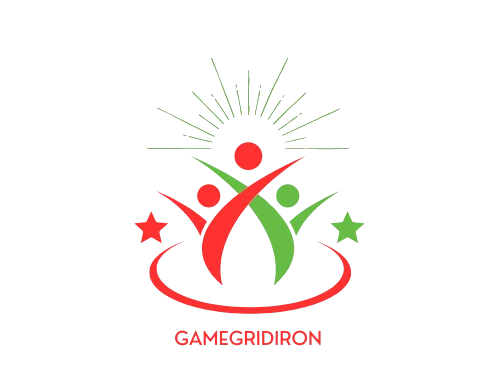The universe of gaming has gone through an exceptional development, progressing from straightforward pixelated illustrations and fundamental ongoing interaction mechanics to refined vivid encounters that dazzle a huge number of players around the world. As innovation has progressed, so too has the extension and effect of gaming, forming present day culture in significant ways. This article investigates the development of gaming and its importance as a social pillar.
Gaming has humble starting points, tracing all the way back to the beginning of arcade machines and home control center like the Atari 2600. These early games, described by basic illustrations and direct interactivity, established the groundwork for what might turn into an extravagant industry. As innovation advanced, the presentation of 3D designs and all the more remarkable equipment during the 1990s upset the gaming scene, taking into account more vivid and outwardly shocking encounters.
The approach of the web additionally changed gaming, introducing the Kangbet time of online multiplayer gaming and virtual networks. Games like Universe of Warcraft, Counter-Strike, and Fortnite have become virtual gathering spots where players from around the world can associate, contend, and team up continuously. These web-based networks encourage social collaboration and fellowship, making bonds that rise above geological limits.
Besides, gaming has arisen as a strong type of narrating, offering players rich stories and sincerely resounding encounters. Games like The Remainder of Us, Red Dead Reclamation 2, and The Legend of Zelda series have been commended for their convincing stories and vivid universes, obscuring the lines between conventional narrating mediums like writing and film. Through intelligent narrating, players become dynamic members in the account, forming the result of the story in view of their decisions and activities.
Notwithstanding diversion, gaming has likewise turned into a stage for training and learning. Instructive games and reenactments give intuitive and drawing in encounters that work with expertise advancement and information obtaining. Games like MinecraftEdu, Kerbal Space Program, and Progress VI have been embraced by instructors as powerful instructing devices that make learning fun and available for understudies, all things considered.
Moreover, gaming has turned into a critical driver of mechanical development, pushing the limits of equipment and programming capacities. The gaming business has been at the cutting edge of headways in designs, man-made brainpower, and computer generated reality. State of the art advancements like computer generated simulation (VR) and increased reality (AR) have altered gaming encounters, offering vivid and intuitive interactivity more than ever.
In spite of its numerous positive effects, gaming additionally faces analysis and contention, especially with respect to issues like gaming fixation, savagery, and portrayal. Pundits contend that unreasonable gaming can prompt social confinement and other adverse results, particularly among kids and youths. In addition, worries about the depiction of savagery and orientation generalizations in computer games have started banters about the impact of media on perspectives and ways of behaving.
All in all, gaming has developed from a basic relaxation movement to a social backbone with sweeping effects on society. From its modest starting points in arcades and home control center to its ongoing status as an extravagant industry driving mechanical development and social articulation, gaming keeps on molding our reality in significant ways. As the gaming business proceeds to develop and develop, it is fundamental to perceive both the positive and negative parts of gaming and work towards advancing capable gaming rehearses that amplify its advantages while limiting its expected damages.
